What photos to choose for sales campaigns in 2024: 7 trends to explore
Brands can elevate their communication and become more relatable to their target audience by choosing the right imagery for their campaigns in 2024, says Depositphotos.
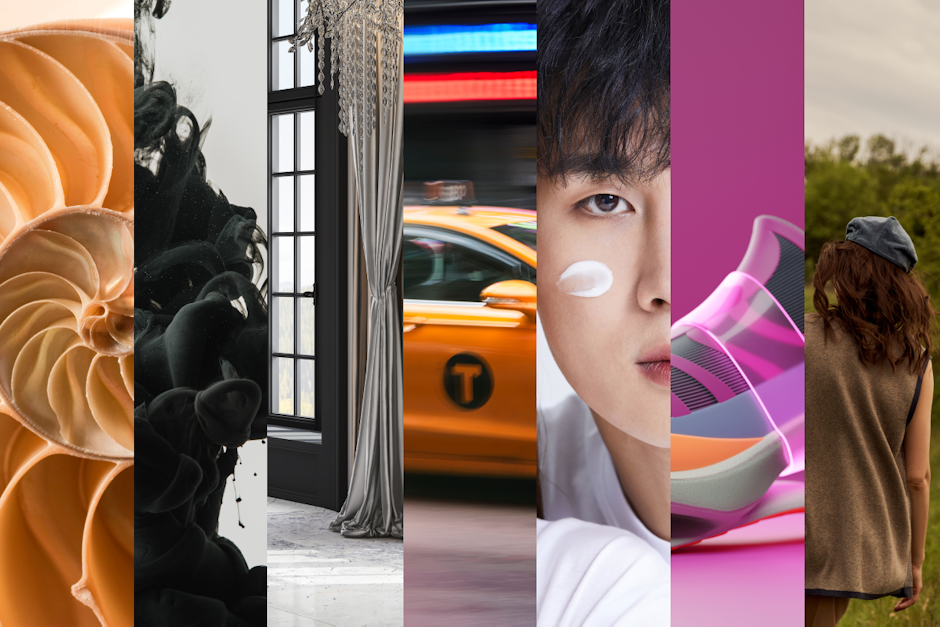
In 2024, photos are still the leading marketing tool for brands. From website banners and animated social media ads to emails and sales videos, companies opt for photos due to their flexibility, affordability, and potential to evoke emotions and trust.
Soon after presenting the annual research on Creative Trends 2024, Depositphotos continued studying visual concepts emerging on social media and in marketing. Based on their report on photography trends, you’ll discover seven types of photos that will help promote brands and products this year.
Here are our top seven photography trends of 2024 and how to leverage them for better marketing.
1. Hyperrealism
Goals to achieve: provide audiences with the feel of your product; capture user attention by giving a new perspective on ordinary things.
Where to use: hero images, one-image ads, and websites where you distribute high-quality goods.

Hyperrealism in photography is about showing the viewer things that their eye can’t comprehend without special equipment. The genre also includes images containing massive amounts of visual information (colors or details) that simultaneously make them look familiar but surreal. The approach works perfectly if you want to prove to online clients that your brand has nothing to hide.
Ultra-definition is critical for hyperrealism. That’s why it’s best to not use such images on social media, where platforms may compress them. Another factor is colors. Hyperrealistic photos attract audience's attention due to their bright palettes, so it’s better to display them on high-fidelity monitors in your offline store or posters.
2. Monochrome contrast
Goals to achieve: focus user attention on your message and help them memorize it; add a premium glance to your materials.
Where to use: branding, videos based on static images, and website design (pages with many visuals).
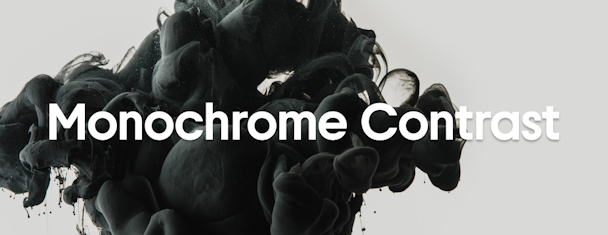
Monochrome photos will hardly be noticed when combined with color images of the same style and size, so they’re not a good fit for news feeds or social media. Instead, monochrome contrast works excellently in print advertising, product packaging, and minimalistic website pages. Moreover, this year, the genre is experiencing a renaissance in the form of monochrome high-contrast photography—images where pure white meets pure black.
“Almost” monochrome images are also gaining popularity on social networks, where next to black and white, another bright color—yellow, red, or blue—creates a striking accent. You can use this technique to emphasize details of products, a logo, or brand colors to achieve consistency within marketing communication.
3. Quiet luxury
Goals to achieve: highlight that your products are premium; make your content visually appealing to motivate users to follow your accounts.
Where to use: general style of your social media profile, website, or product catalog; marketing campaigns targeted at premium customers.
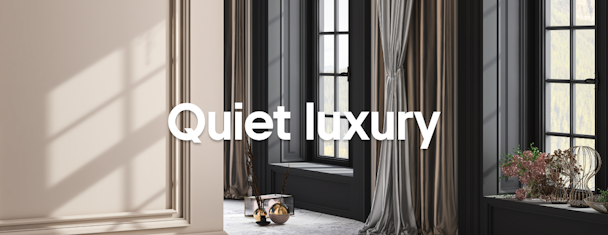
Quiet luxury is a global creative trend. Social media users set the #oldmoney trend in motion by opting for images depicting attributes of understated wealth. You can find examples and details in the following trend overview.
Minimalist aesthetics, muted colors, and textures with traces of time. Any of these elements can be spotted in quiet luxury photos. Consider that photos of this type go well with premium products, but combining the aesthetics with budget-friendly solutions may confuse users.
4. Analog echoes
Goals to achieve: evoke nostalgia and create positive associations with your product or brand; stand out by using retro filters that were not popular in recent years.
Where to use: social media advertising, product packaging, and key visuals for campaigns targeted at Millenials.
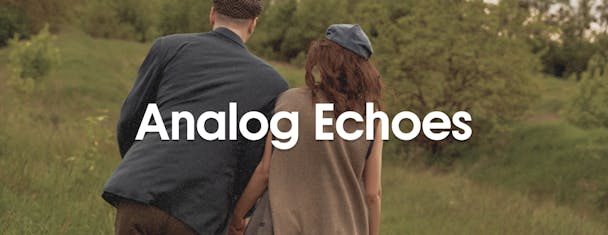
Analog photography is back. But instead of using real film cameras, photographers are creating digital images featuring outfits and other recreations of the ’70s, ’80s, and ‘90s. In most cases, they refer to the street culture of that time. This trend is connected to another global phenomenon, such as the fascination with street life of previous decades, including skateboarding or graffiti. Check out the ‘back to the streets’ trend mentioned among Creative Trends 2024.
Key characteristics of photography containing analog echoes are aged color palettes, diffused lighting, and textures that imitate zines of the 80s. As a marketing tool, images with analog vibes are perfect for connecting with audiences who experienced their childhood or teenagehood in the last decades of the 20th century. However, Gen Z also reacts positively to such images and is curious to explore what their parents’ youth looked like.
5. AI-enhanced creativity
Goals to achieve: speed up production; play with styles and realities.
Where to use: ongoing social media communication, prototyping, UI design tests, short-term campaigns, and creative projects.
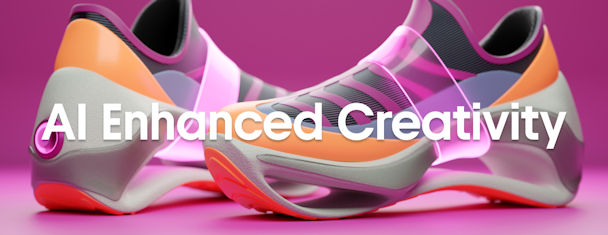
Let’s face the fact: generative AI is changing the creative industry, especially regarding production deadlines and budgets. In another article for The Drum, we touched on the topic of the negative aspects of using generated content for marketing. However, AI-powered image editing and enhancement are different from this, and that’s why it is safe.
Post-processing with AI means you automatically apply a combination of filters to one’s image; this changes its style or enhances the dynamic range of its elements. All to make it fit style guides, seasons, aesthetics trending among your audience, or to simply experiment with layouts. The creative possibilities are endless, but instead of replacing human creativity with AI, you outsource your photo editing routine and enable your team to concentrate on complex tasks.
6. Cinematic narration
Goals to achieve: help users better understand your products and memorize your messages; grab one’s attention by letting them follow your visual story.
Where to use: social media campaigns, content marketing based on a series (e-learning, onboarding, product explainers), and banner ads.
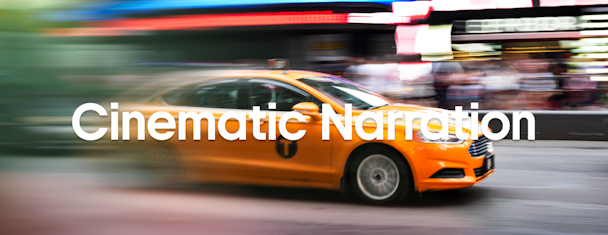
People think in stories and remember things better if they are connected with a coherent storyline. Keeping their attention focused by telling stories is easier than just listing text. Cinematic narration is an approach where a photographer tells a story using one image or, rarely, a limited set of them. They infuse frames with symbols and association-evoking details and work with light, composition, and focus.
Campaigns leveraging cinematic narration have a high chance of going viral, which makes them more cost-effective. Cinematic aesthetics also help you emphasize your company's values, amusingly tell its story, and create atmospheric campaigns.
7. Beyond binary
Goals to achieve: position your brand as progressive, democratic, and liberal; show your support to social values such as gender equality; gain user respect by breaking stereotypes.
Where to use: campaigns targeted at younger audiences (Gen Z), social media, overall branding, and new product launches (if they are gender-neutral).
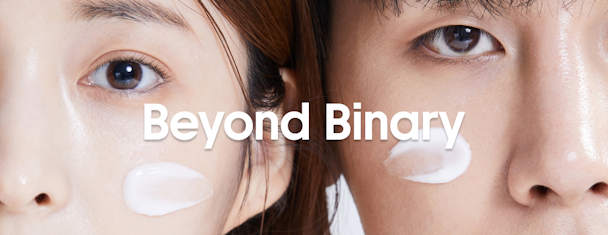
Unisex photography breaks stereotypes in regards to colors, poses, and attributes associated with genders. Its core idea is to depict a model as a person with a unique background. Natural poses, close-ups, blurring styling, and diversity are the key elements of this trend.
Brands producing goods that both genders can use will benefit most from leveraging beyond binary photography. Images of this type work equally well on social media, banners, and websites and are good for brands to celebrate their stance.
Wrapping up
Allow trends in photography to not limit your brand, but serve as a starting point for your creative search. Combine photography styles in your campaigns, test diverse compositions, and explore new storytelling approaches to determine what resonates most with your audience. Start using stock photos and templates to make your experiments more manageable and budget-friendly.
